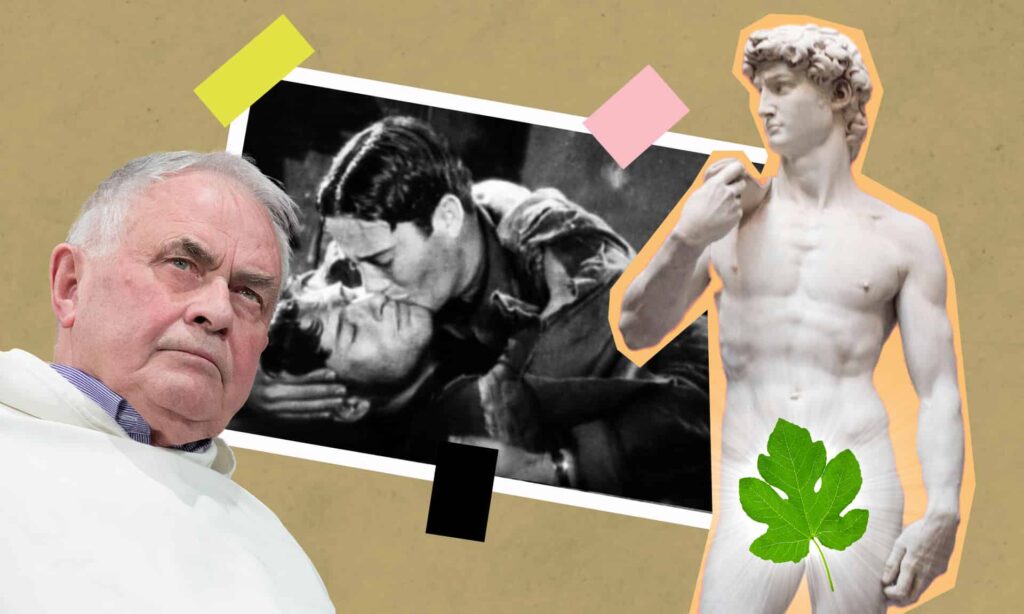Society is a raft made from the wreckage of our dreams and fears. Space is limited and we struggle to keep aboard, scrambling for the middle ground so we do not have to witness those sacrificed at the rim: pushed, or slipping, or just unable to grab a hold. Smug, we pretend that they are not there or that they are so out of reach that we are quite exonerated from any obligation to assist them from their demise. Some would rather swim. Others choose to drown. Reality, as we perceive it, as we live it, is a fragile thing, so we cling on to the raft despite its many flaws. We ignore them. We justify them. We acknowledge and accept them. Often, religions sanction them. And so we paddle on, tossed by abysmal waves, never quite certain where we are heading.
It does not have to be this way, not now. Not now that we are coming to terms with the fruit of that forbidden fruit: open eyes. We lack the innocence of animals; of most of them, at least, but we should nevertheless be evolved enough now to use our insight for harmony and kindness. We should be bold enough to shed our old tight skin and grow. In order to do that, however, we need to challenge some of our slavishly held beliefs and embrace the potential for harmony that is already staring us in the face. The nobility of our spirit has always been there, but we have allowed it to get enmeshed in that raft we assume will keep us afloat.
Thankfully, the raft is sinking. I will let it, together with my metaphor. I will leave it up to my readers to decide whether we need a bigger boat or whether we should just consider ourselves creatures of the oceans and be done with vessels. Either way, the best way to evolve, to solve the crisis, is renewal, or to be more specific, dialectical renewal.
Hegel would describe it in terms of thesis, antithesis and synthesis; eastern mystics as preservation, destruction and creation. A wall grows by adding bricks. Life is different. Something has to die; something has to persist and something has to emerge. And so we grow.
The problem with society is that we are loath to let anything go. Our insecurities lead us to cling to what has become obsolete. We have to learn how to let go in order to move forward.
My aim, therefore, is to rock the boat (okay, my analogy may linger a little longer…). I do this periodically, for instance I did so in a recent article for The Gordian, titled: Selective Justice: Nine Rings of Moral Tunnel Vision.
This time I want to focus exclusively on sex. Our views on sexuality are just one of those many aspects of our lives we have often accepted without question. I am not only referring to procreation, which has usurped the meaning of sex for generations, anathemising anything vaguely sexual that did not serve this one master, but also to the institutions that developed around it, like marriage. In a previous issue, for instance, we have already seen how the Mosuo People survive perfectly well without the institution of matrimony.
Thankfully, attitudes towards sexuality is one of those areas that has evolved dramatically in the last couple of centuries. This is partly due to the fact that the Church, especially the Catholic Church, lost its grip on temporal power.
The tyranny of the popes, and the fear mongering and bigotry they promoted, is waning. In fact, the Church’s monopoly on morality started to decline way before the Risorgimento, that drive for the unification of Italy to the detriment of the Papal States, which gave the coup de grâce to the mini empire of the Catholic Church. The Renaissance and the Reformation, together with the rise of humanism had already started to challenge traditional ways of thinking towards the middle of the last millennium; but the process was slow. Protestants still clung to many of the old ways, including the not-so-cosy warmth emanating from the burning of people who did not agree with them at the stake. Secular leaders were often no better.
While fostering the arts on the one hand, many princes of the renaissance had no qualms in being chauvinistic and intolerant on the other. The hypocritical Niccolò III d’Este, Marquis of Ferrara (1383-1441), for instance, who had children with about a dozen different women, decreed that all women in his domains found “guilty” of adultery should be put to death.
He had to retract the order, however, when it became evident that the decree would have resulted in the depopulation of Ferrara. Sadly, his young wife, Parisina, did not escape his wrath, having been accused of having had an affair with her stepson Ugo, one of d’Este’s illegitimate sons.
They were both beheaded on the orders of the Marquis in 1425. The d’Este story also goes to show that extra-conjugal sex was rife, despite the rigid norms. The difference now is that in many countries the hypocrisy is abating. In the West, much of this shift is due to movements that bravely stood up to bullying dogmatists. Looking at our progress in these matters may help us evaluate where we are and consider what remains to be changed.
Bohemianism and Beyond
Bohemianism, which became popular in the 19th century, was instrumental in jogging our social consciousness. It refers to unconventional lifestyles with an emphasis on sexual freedom, often shared with likeminded people.
The term Bohemian (Bohémien / Bohémienne) is a misnomer; it was coined in France and relates to the perceived similarities between such lifestyles and that of the Roma (Romani) living in France. It was wrongly believed that the Roma had originated from Bohemia (an area that now forms part of western Czechia). Ironically, the other word for Roma, Gypsy, (now mostly obsolete because it can be considered offensive by some Roma), is also a misnomer in as much as it owes its etymology to Egypt (another mistaken motherland). The irony highlights the uninformed ease with which “well-to-do” people label anything or anyone they did not understand.
Still, Bohemians were generally presented as romantic figures and were often artists, writers and musicians. While some free spirits like the Shelleys and Lord Byron lived the bohemian life, others wrote about it or expressed it, and in so doing aroused public interest. Works like Puccini’s opera La Bohème (based on a story by Henri Murger) and George Du Maurier’s novel, Trilby (1894), set in Bohemian Paris, were all the rage when they appeared. The endings may not always have been happy, but the characters, or at least their lifestyles, were intriguing, inspiring even.
Then came the twentieth century and the Roaring Twenties as a bold reaction to WWI, only to be followed soon after by WWII. Once again, however, the world began to recover its joie de vivre; kick-started partly by the Beat Generation.
New liberating trends were sprouting all over western nations. The counterculture of the 1960’s and mid-1970s, including the Hippie Movement (epitomised in Woodstock: 15 – 18 August 1969) and various youth sub-cultures, as well as human rights activities, such as Stonewall riots and second-wave feminism, all played their part in breaking up oppressive barriers, stigmas and taboos. One of the greatest contributors to this exposing of new mindsets was, and still is, the film industry. Film has always been instrumental in crystallising broadmindedness into the liberal social values that are accepted and taken for granted by many nations around the world today.
Sex in the film industry
The moment film production began, from Georges Méliès onwards in fact, the silver screen started to stretch boundaries. Silent films like Hypocrites (1915) directed by Lois Weber and Häxan by Benjamin Christensen challenged religious bigotry outright and portrayed nudity in the process.

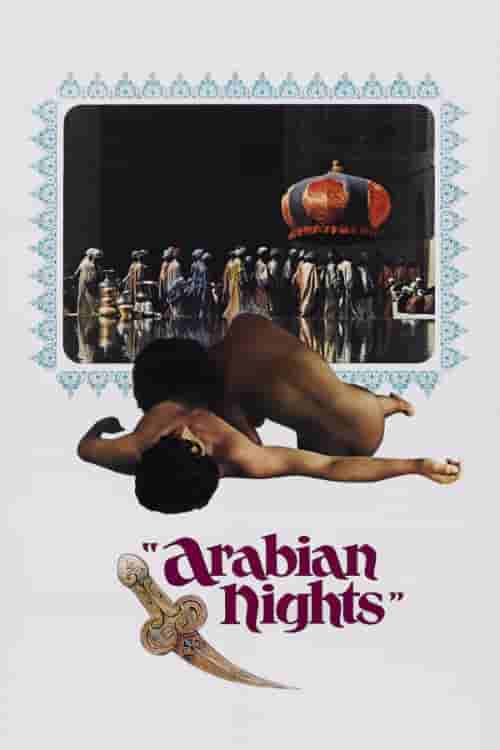
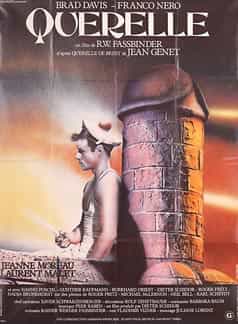
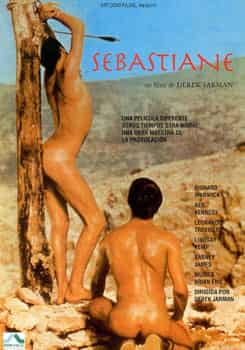
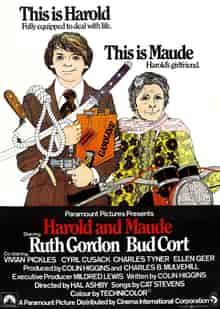

Christensen himself was also an actor and stared in Michael (an in-depth remake of Mauritz Stiller’s The Wings – 1916), one of the first gay themed dramas to be produced. Needless to say, the backlash was swift.
In the USA, it took shape of the Hays Code which consisted of the film industry’s self-imposed censorship, prohibiting “profanity, suggestive nudity, graphic or realistic violence, sexual persuasions and rape.” This ball and chain, inhibiting cinema’s progress, persisted for over thirty years, from 1924 to 1968, but is of course still very much alive in other guises and places to this very day.
Nevertheless, in other parts of the world, risqué films were still being produced, such as Luis Buñuel’s Belle de Jour (1967), about a young woman, played by Catherine Deneuve, who works as a high-class prostitute while her husband is at work.
The seventies and early eighties, however, saw a real flourishing of sexually liberated films
Hal Ashby’s Harold and Maude (1971), Bernardo Bertolucci’s Last Tango in Paris (1972), Pier Paolo Pasolini’s Arabian Nights (1974), Derek Jarman’s Sebastiane (1976), Miloš Forman’s Hair (1979), Rainer Werner Fassbinder’s Querelle (1982) … to name but a few. The trend continues and has spilled into television dramas.

The Sense8 series (2015 – 2018), created by Lana and Lily Wachowski and Joseph Michael Straczynski for Netflix, for instance, approached sexual themes with a candid freshness, but also a certain militancy. Towards the beginning of the story, Nomi, a trans character, is writing a blog on the eve of a Pride March:
“I’ve been thinking about my life, and all of the mistakes that I’ve made. The ones that stay with me, the ones that I regret, are the ones that I made because of fear. For a long time, I was afraid to be who I am because I was taught by my parents that there’s something wrong with someone like me. Something offensive, something you would avoid, maybe even pity. Something that you could never love. My mom, she’s a fan of St. Thomas Aquinas. She calls pride a sin. And of all the venial and mortal sins, St. Thomas saw pride as the queen of the seven deadlies. He saw it as the ultimate gateway sin that would turn you quickly into a sinaholic. But hating isn’t a sin on that list. Neither is shame…”
Nomi ends the blog by telling St. Thomas to go fuck himself and in a way the whole story tells bigotry to fuck itself too. There are various types of relationships within the plot of Sense8 and none of them are lurid despite not corresponding to traditional conceptions.
Sex in social media
Social Media has also helped push boundaries by facilitating communication and interaction. Limited exchanges were possible as early as 1960 with the PLATO system launched in the University of Illinois, but it was with the onset of the World Wide Web in the mid-nineties that social networking platforms began to take off globally.
Different platforms developed different emphases; for instance, Facebook focuses on social networks, LinkedIn on professional ones and Twitter on socio-political exchanges. Some, like Tumblr and Pinterest, facilitate visual gratification, while others like, Tinder and Grindr, specialise in dating.
What all these platforms have in common, however, is that, for better or for worse, they bring like minded people together. When it comes to sexual liberation, the impact has been immense, especially for people living in societies which are solely geared towards traditional heterosexual relations.
Sex can be a hymn!
It is not just about knowing that there are people like you out there and perhaps seeing explicit content about what they can get up to, but more crucially, it is about being able to linkup with people who are sexually on the same hymn sheet. And yes, sex can be a hymn! It can be a celebration of who we are and how we want to share our intimacy and with whom. What consenting adults do together is their business and theirs alone. True, there may be third parties that must be taken into consideration, but that is true of anything we do.
Here too, however, “respectability” occasionally attempts to impose its genteel norms on others.
This happened spectacularly with Tumblr, which was founded in 2007 by David Karp. Legal sexual content was freely posted on the site and it was up to individual users to decide what blogs they wished to follow. On May 19, 2013, however, Yahoo announced that it was buying the website for about $1.1 billion, and with it came a relentless puritanical drive, which was primarily prompted by the desire to reassure and woo advertisers who were concerned at the platform’s content safety record.
Not only was nudity and sexually explicit content barred, but artistic content that was vaguely erotic was also banned. At the time I had a Tumblr travel blog and one day, to my horror, I found that one of my photos of sand dunes was flagged up and blocked. No doubt it was mistaken for the curves of the human body.
That was the last straw. I quit the site as did millions of others. By August 2019, Tumblr was sold for a mere $3 million. People are resigned enough to the slow pace of progress, but they do not take too kindly to having their freedoms clawed back once they have been attained.
Only Fans offers another example. It too faced criticisms regarding illegal content. On 19 August 2021, the company announced that it would be banning all sexually explicit content (throwing the baby out with the bath water) as from 1 October 2021. The wrath of creators and consumers was so terrible, the retribution, so swift; that less than a week after the initial announcement, the plan was scrapped, with Only Fans claiming that it had secured the necessary assurances to proceed without these measures.
So, Where to Next?
In the realm of consenting adults: “Wherever you feel comfortable”, would seem like the obvious answer; but that answer only holds true for some.
Many have been conditioned to think that sexual acts are wrong, dirty or degrading. Contraception is still a damnable offence in the Catholic Church, as is any sexual act outside heterosexual marriage, including masturbation. As a child I remember bouncing from Heaven to Hell for simply doing what was natural. And Hell was no picnic.
The agony and torment was well imprinted in my vivid imagination with all the creative skill some of the priests in my Catholic school could muster. As with all types of abuse, the effects are never easy to shake off. The same goes for other taboos.
So, before answering the question, another is necessary. Namely:
How many of my taboos genuinely reflect what I truly believe to be wrong?
This is not an easy question to answer, especially if all one’s morality is based on written texts, rather than on kindness, pure and simple. We need to be ashamed of our nudity, perhaps because the Bible tells us so, but it is all right to slit an animal’s throat or pay someone else to do so, because out scriptures may say: “Kill and eat!”
Well, those very scriptures may say many things we now know we should not take literally and we know because people have been brave enough to question them.
Only when we discover the true source of our morality can we really decide what is acceptable or what is not. At the end of the day, we can only choose a Book according to our understanding of its worth. In other words, we should already know what is right and wrong because it is deep within us.
Of course, most people do not choose; they accept whatever was fed to them. Often, religions were imposed by rulers who violently took control. Unless we question what we believe, it is the ideals of the despots themselves we are worshipping!



